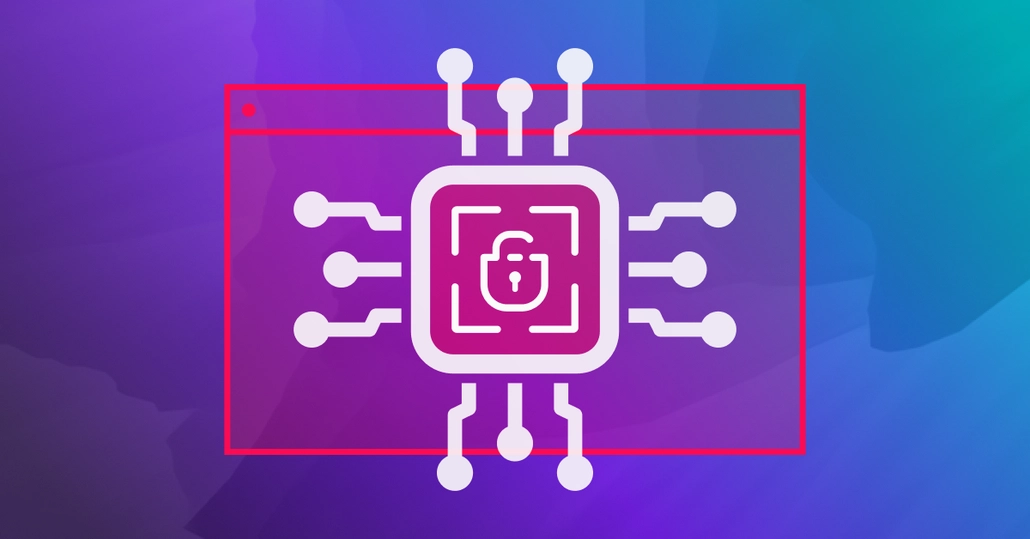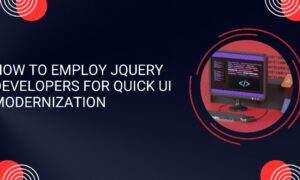With rapid Large Language Models (LLMs) integration – from internal assistants to customer-facing tools – there’s a high risk of new security concerns emerging. Traditional penetration testing approaches are not always ready to cover all the problems. Here’s when LLM pentesting services come in handy – they help identify and mitigate risks unique to these AI-driven systems, including context manipulation, data leakage, and unauthorized tool use.
LLMs operate on probabilistic outputs shaped by prompts, training data, and model parameters. This approach exposes LLMs to a wide range of attacks that may be difficult to detect and even harder to prevent with legacy testing methods. It is critical to understand how these models function under adversarial conditions to maintain operational safety and compliance in AI deployments.
Why LLMs Require Specialized Penetration Testing
Large Language Models differ significantly from usual software systems. They don’t use fixed logic to generate responses but probability, which makes their behavior unpredictable and highly context-dependent. This presents a challenge for conventional pen-testing approaches, as new class vulnerabilities can’t be reliably identified.
One challenge with prompt inputs is that attackers can manipulate or alter the model’s behavior, bypass intended safeguards, or extract sensitive data. Even adding filtering layers may not be consistently helpful since adversaries can find ways around them using creative prompt engineering techniques.
Integrating LLMs into broader systems, such as handling user queries, triggering actions, or communicating with external tools, can significantly widen the attack surface, mainly if they use plugins, APIs, or autonomous agents.
Testing LLM-based applications requires a deep understanding of natural language, model behavior, and system-level interactions that influence the LLM’s output in real time, in addition to technical exploitation skills.
Core Components of an LLM Penetration Test
Effective LLM penetration testing requires a defined process customized to the model’s unique behavior and integration context. A standard approach includes the following steps:
- Surface Mapping
Pentester identifies available LLM functionalities — web interfaces, APIs, plugins, or tool integrations — to help outline the model’s capabilities and the pathways through which it can be influenced or exploited.
- Prompt Injection Testing
It involves creating malicious prompts to override instructions, extract sensitive data, or change model behavior. Techniques include direct injections, indirect context poisoning, and multi-turn manipulations that exploit conversation memory.
- Training Data Inference & Data Leakage
Testers examine the model for signs of memorized data, such as sensitive internal documentation, credentials, or PII, that may come up under specific query patterns.
- Insecure Function Calls and Execution
If the LLM is connected to external tools (e.g., code execution, database access), the test checks whether the model can be tricked into triggering unsafe operations or executing arbitrary commands.
- Excessive Agency & Overreliance
In this phase, the specialist evaluates the model’s willingness to take high-impact actions without sufficient verification, especially in agents or systems with elevated permissions.
- Plugin and Toolchain Evaluation
Vulnerabilities introduced by third-party integrations are tested, including weak input validation, insecure plugin behavior, and chained attack vectors through dependencies.
Methodologies and Frameworks Used
LLM pen-testing uses a mix of traditional security methodologies and model-specific techniques. The OWASP Top 10 for LLMs is a structural baseline, covering key categories like prompt injection, insecure outputs, and excessive agency.
Pentesting specialists usually combine manual adversarial testing with automated prompt mutation and behavioral analysis. Unlike traditional web or API tests, LLM assessments focus on manipulating the model’s logic through natural language, contextual traps, and role reversals.
Depending on the deployment model, additional techniques may include temperature tuning, roleplay attacks, and system prompt extraction. Sometimes, model introspection or fuzzing tools are needed to trigger edge-case behaviors. These approaches are adapted to closed-source APIs and self-hosted LLM deployments.
Typical Deliverables from an LLM Pentest
Ultimately, an LLM penetration test comes up with deliverables customized for technical and business stakeholders. These typically include:
- Executive Summary
A high-level overview of findings, potential business impact, and strategic recommendations.
- Technical Report
Detailed descriptions of vulnerabilities, including successful exploit examples, affected components, and reproduction steps.
- Risk Ratings
Severity assessments based on contextual factors, combining traditional scoring (e.g., CVSS) with LLM-specific impact.
- Mitigation Guidance
Practical remediation steps include refining system prompts, implementing stricter output filtering, isolating plugins, and adjusting tool permissions.
- Retesting (Optional)
A verification round will be held to confirm that mitigation steps are practical and that no regressions have occurred.
These deliverables help teams act on findings without guesswork and adapt their LLM deployments securely.
Challenges and Limitations
Since LLM testing is still relatively new, it has several integral challenges. Unlike traditional systems, model behavior is unpredictable. Thus, outputs can vary for identical inputs, making some vulnerabilities difficult to reproduce or consistently exploit.
Closed-source models (like OpenAI’s GPT) offer limited visibility and control. Testers cannot inspect training data, internal weights, or system-level safeguards, which may restrain the depth of assessment. In contrast, self-hosted or open-source models allow for more extensive evaluation but can also introduce infrastructure-specific risks.
Additionally, LLM vulnerabilities often lack clear boundaries. A prompt injection that seems benign in one context might become dangerous when the model is integrated with tools or exposed to untrusted inputs.
Finally, mitigation strategies for LLM vulnerabilities rarely involve “patches.” Instead, fixes are iterative – revising prompts, refining logic, and applying layered defenses, often without the ability to eliminate the underlying issue.
Conclusion
As LLM usage becomes more common, system security can no longer be treated as an afterthought. The risks it introduces — contextual manipulation, data leakage, and tool misuse — require customized assessment methods beyond traditional testing.
LLM pen-testing structures this complexity by identifying weak points in how models interpret, respond to and act on input. For all businesses that use LLM models in their operations, securing AI-driven systems is critical against known and emerging threats, especially as regulatory and operational demands continue to evolve.



































